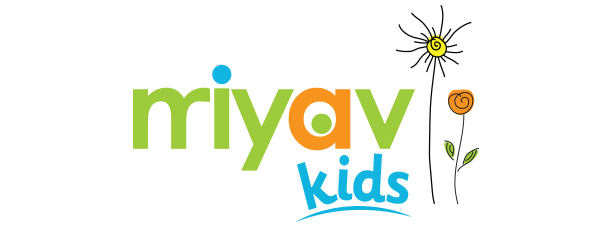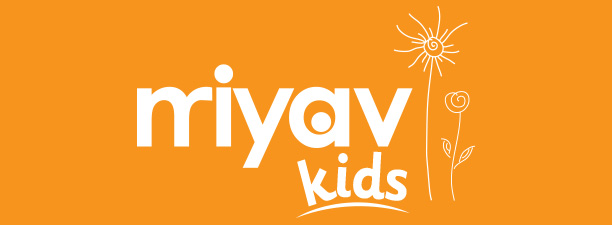02 Dec How to Evaluate Perfect preschool near me?
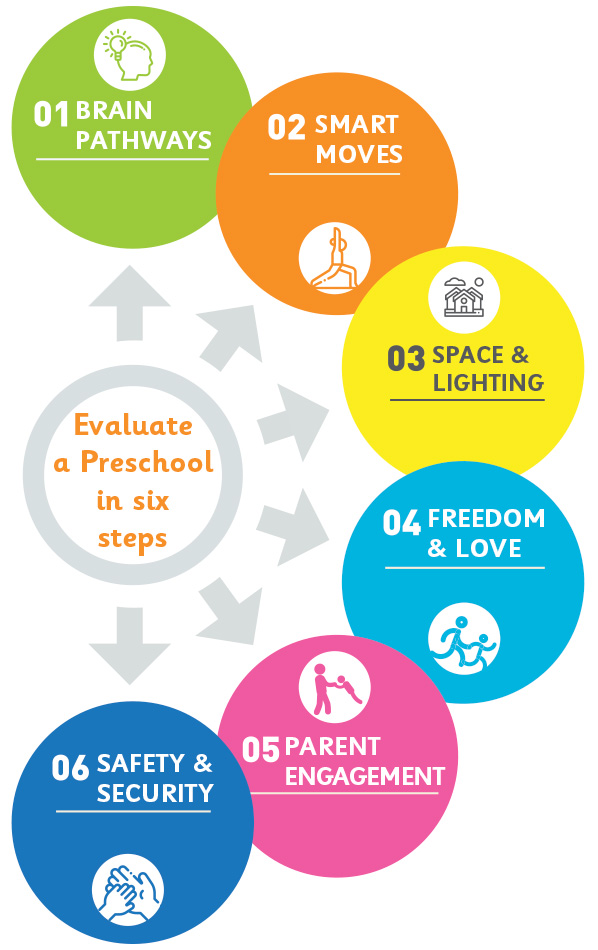
Selecting a preschool for your child can be a daunting task. You need to research the facility, the teachers, and the methods of teaching. You want the school to be near your own home. You want to understand the preschool in and out since the first five years of a child’s life are golden years. Those first five years are full of brain-building moments. They may determine your child’s IQ, EQ, and attitude for the rest of your child’s life. So how do you choose a preschool? There are six essential parameters that every preschool should have, and you can check a preschool based on these six factors. These are
1. Curriculum methods,
2. Motor development,
3. Space and lighting,
4. Freedom by teachers,
5. Parent engagement, and
6. Safety.
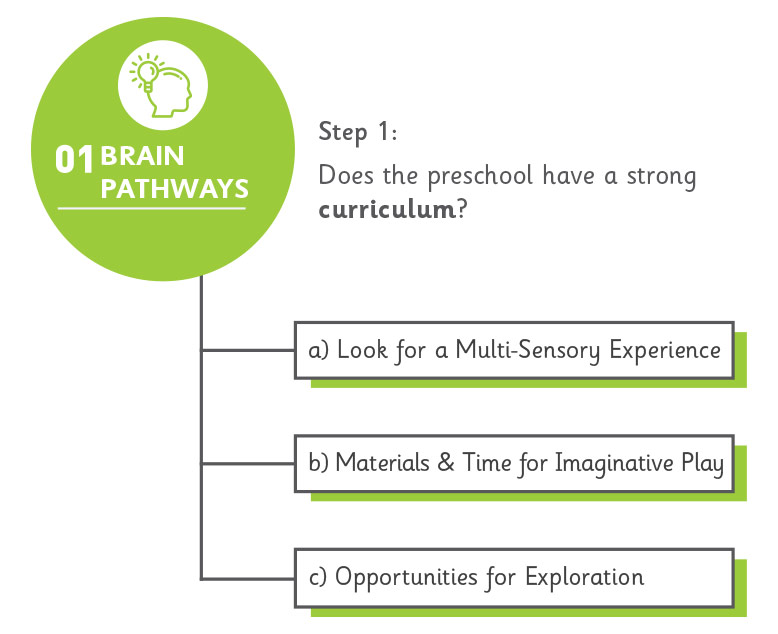
#1 Does the preschool have a strong curriculum?
1a. Look for a Multi-Sensory Experience
Children’s brains grow new pathways as they experience new things. Your child needs to encounter a variety of experiences involving all five senses. Examine the preschool and types of activities that the children participate. You want your child’s hands and feet to touch different surfaces, such as hard floors, soft carpets, sand, mud, and clay. Will your child hear a variety of sounds from nature? Are there toys available that play music? Will they hear musical instruments during the day? How about smells? Are there materials available that offer a variety of fragrances to experience? Does the food that is served taste sweet, sour, spicy, and bitter, or is it all bland? Does the child have plenty of opportunities to play with a variety of materials, such as water and sand? Many preschools completely miss this point, and they become monotonous for the children. Give the best foundation for the development of five senses during the first eight years.
1b. Materials and Time for Imaginative Play
Children are full of natural curiosity. They love to explore, tinker with toys, and engage in imaginative play. They take a simple string and can imagine into hundred variety of objects, and a meaningful game with it. When you are considering a preschool, find out if they have a separate time for imaginative play. Even if the school has many materials to use, not all schools encourage imaginative play.
1c. Opportunities for Exploration
Some schools operate on the assumption that a child’s mind is an empty box, to be filled with knowledge by an adult. So the teachers instruct everything, from small facts to complex situations. But children are curious self-learners discovering new knowledge through trial and error.
Children understand the complexities of the world by exploring. They are using toys as tools, asking questions, and discovering answers. Adults and other children often help them along the way. Find a school that has methods for developing the imagination through play and other activities. Imagination and curiosity are the two most common factors of successful persons. But the foundation for the skill has to mapped as brain pathways in preschool education. Consider giving the highest importance to this parameter while choosing the preschool near your home.
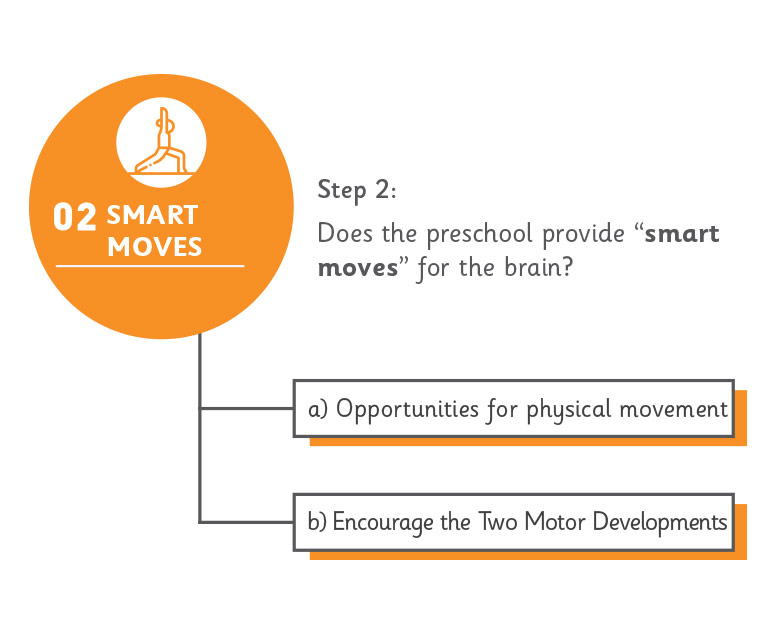
#2 Does the preschool provide “smart moves” for the brain?
2a. Opportunities for physical movement
First eight years, brain development associated with a variety of physical body movements. Your child is developing quickly on many different levels. Space for outdoor play, indoor activities and time are essential. As Carla Hannaford explains in her book Smart Moves: Why Learning is Not All in Your Head, there are smart moves which, when practised regularly, develops important life skills ranging from communication to self-confidence.
2b. Encouraging the Two Motor Developments
A preschool should encourage gross motor development, which uses the whole body. These include running, climbing, crawling, jumping, kicking, and throwing. Your child needs these large muscle skills for everyday tasks. The school should also develop a child’s fine motor skills. These are skills involving the use of small muscles, such as in the hands. Scribbling, drawing, feeding oneself, zipping, buttoning, and manipulating small toys are all examples of fine motor skills. Practising fine motor skills will help develop your child’s strength and dexterity. Sculpting with play dough and using toy spatulas are good examples of fine motor skills.
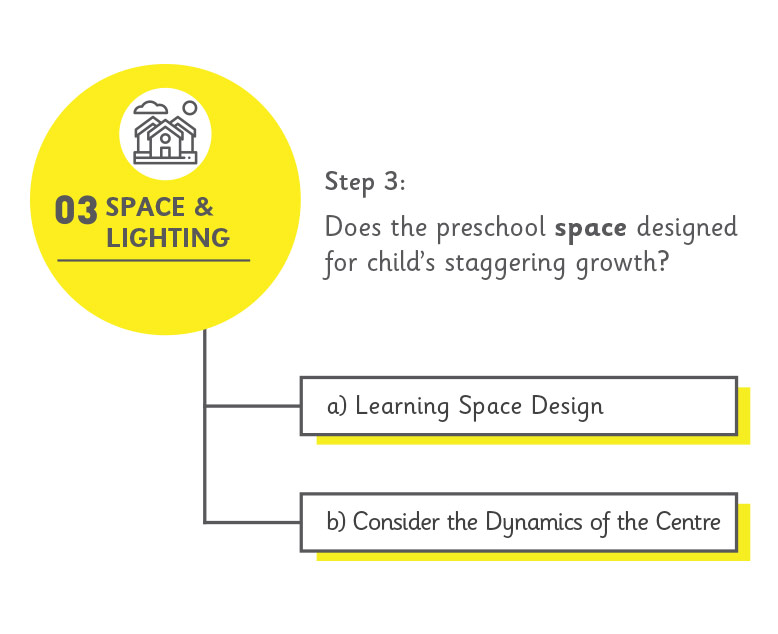
#3 Does the preschool space designed for child’s staggering growth?
3a. Learning Space Design
Preschools across the world are designed as 21st-century learning spaces. They have open classrooms, flexible learning spaces and movable furniture. Educational architects shifted the focus from a traditional teacher-centric to child-centric learning spaces. The design focus on creativity, collaboration and personalization.
3b. Consider the Dynamics of the Centre
As you are touring the facility of the preschool, take special notice of how much space is available. When the children and teachers are in the room together, does it feel too crowded? If so, does it feel crowded because there are too many children? Too many children in a cramped space can lead to an unhygienic, chaotic environment.
You want to find a preschool near you that is conducive to individual learning as well as group learning. It means your child should be able to have time alone or with only a teacher at some points of the day.
Also, take notice of the lighting. Do the rooms seem open and light-filled? Is there natural light coming in from the windows? If not, does the light in the room seem too harsh? Is there enough fresh air in the room? If the lighting situation or the quality of the air bothers you, it may also bother your child.
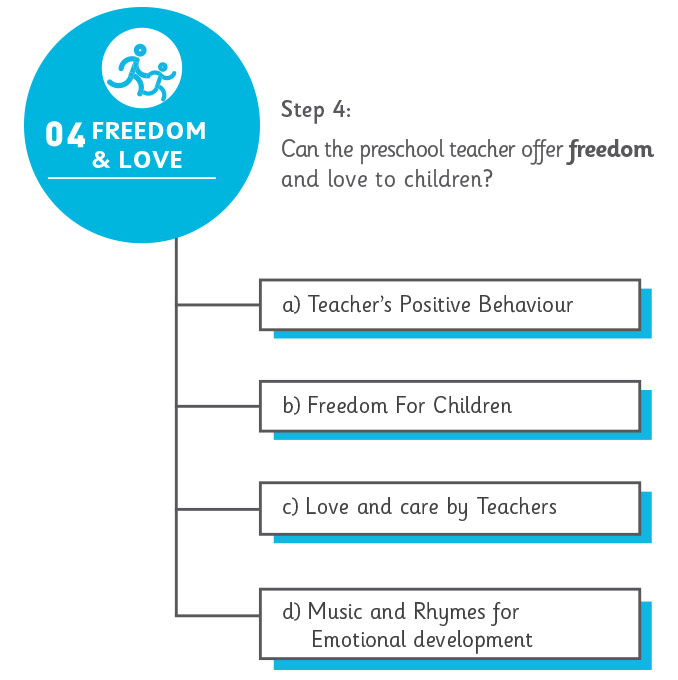
#4 Can the preschool teacher offer freedom and love to children?
4a. Teacher’s Postive Behaviour
Children learn by imitation. So look for a preschool teacher who interacts with students in a positive tone. Please communicate with the teacher to gauge her/his communication skills. Watch the teacher interact with children. Look for positive interaction that is both kind and firm. Does the teacher say no a lot, or does she redirect a student to something that she is allowed to do? Some teachers yell by default. That is a harmful behaviour that you don’t want your child imitating.
4b. Freedom For Children
Toddlers need much freedom. They need the freedom to move around, to run, to play, to roll and jump, to climb, and to stretch their muscles. They also need the freedom to speak out loud and to sing when they want to sing. Do the teachers at the preschool give their students enough freedom? Or are they always dictating to move around, specific times to sing, and certain times to talk? Do they nurture your child’s natural curiosity and penchant for self-learning by giving him or her freedom to play? In a preschool, a child needs to build his or her own learning experience through a variety of play.
4c. Love and care by Teachers
It doesn’t take long to determine whether the teachers and helpers in the preschool love their students. Find a preschool that will nurture your child with love and care. This love is vital for the personality and character building of the child. Research shows that care from teachers develops leadership qualities in your child. You want your child to feel safe, be vibrant, and be surrounded by positive teachers.
4d. Music and Rhymes for Emotional development
The emotional development of a child is just as important as cognitive development. Find out how the teachers encourage the students to feel different emotions. Do they play the music that is sometimes slow and sweet and occasionally rhythmic and upbeat? Do they teach songs and nursery rhymes that allow them to experience emotions in a playful way? Practising together through song and rhymes is a way kids can explore feelings.
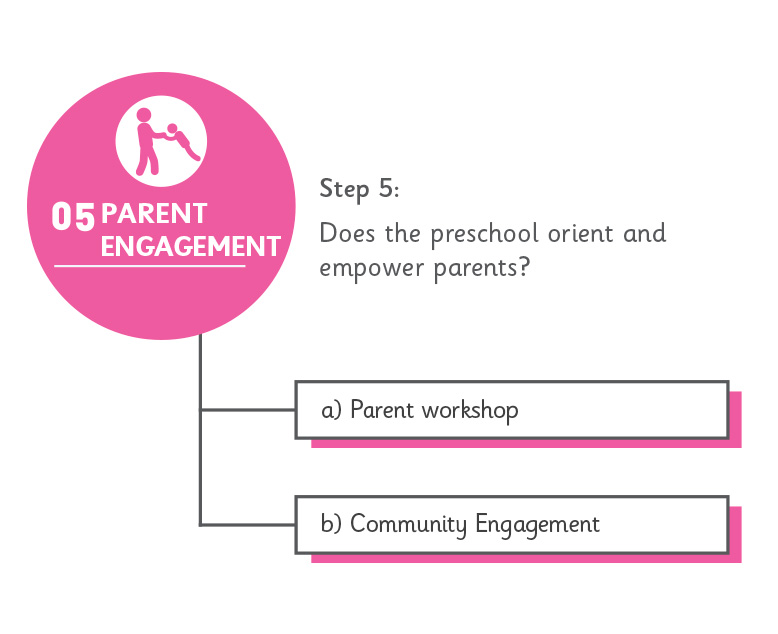
#5 Does the preschool orient and empower parents?
5a. Parent and Community Engagement
As a parent, you naturally want to be involved in their education. Check to see what kind of parent engagement is encouraged at the preschool. Are there events for orienting parents on child development, parenting and home environment? Are there special events that you can be involved? Are there community events that your child will be engaged in, such as a library storytime?
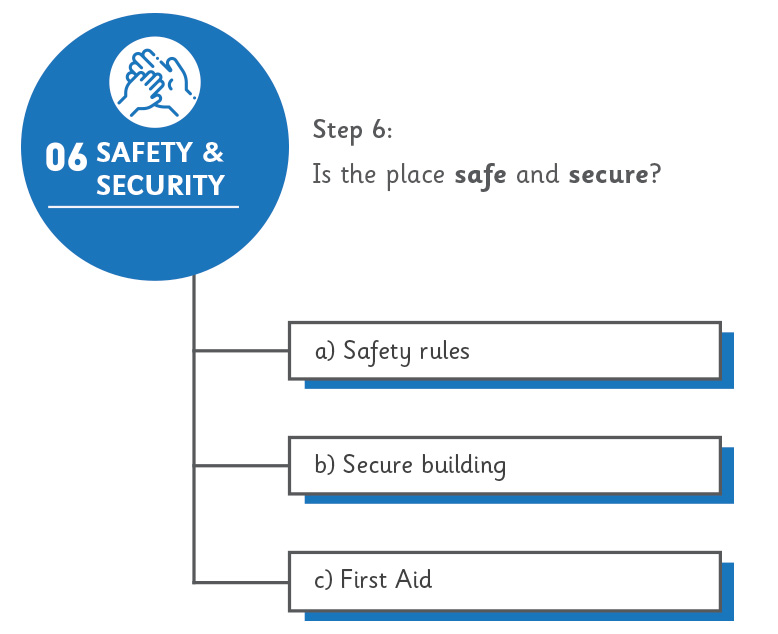
#6 Is the place safe and secure?
6a. Safety First
Your child’s safety should be a top priority. Try to spend at least 30 minutes inside the school building. Look carefully at the facility. Does it look like a safe environment for your child? Are the rooms clean and free of clutter? Are the tables and play areas arranged so the children can be seen at all times? Is the playground adequately fenced off, so your child won’t wander away? Are there first aid kits? What is the emergency procedures?
Also, talk to the teachers and helpers. Ask about their safety procedures. Find out the rules to ensure the students’ safety, and regulations on persons allowed to pick your child up from preschool. Gather your facts, but also trust your instincts. If the school feels unsafe to you, then it probably won’t feel right to your child either.
We hope this list will help you decide on the best preschool for your child. The above six elements are critical deciding factors. They give you a big picture of the essential things you should look for in a preschool. They are also elements you can incorporate in your own home. Give your child the best type of education wherever he or she is!
Miyav Kids made a detailed checklist for evaluating perfect preschools near your home. Take a look at this checklist.
Miyav kids understand that children learn all the times. Children won’t switch off their brain once they leave the classroom. The learning environment you look for in a preschool should be present in your own home as well. To help parents in setting up a world-class home, we provide online courses and activity books. Your child’s future is in your hands! Make sure it is a bright one!
Author

Manikandan S T
Designing the Learning Experience
Mentor at Miyav Kids
